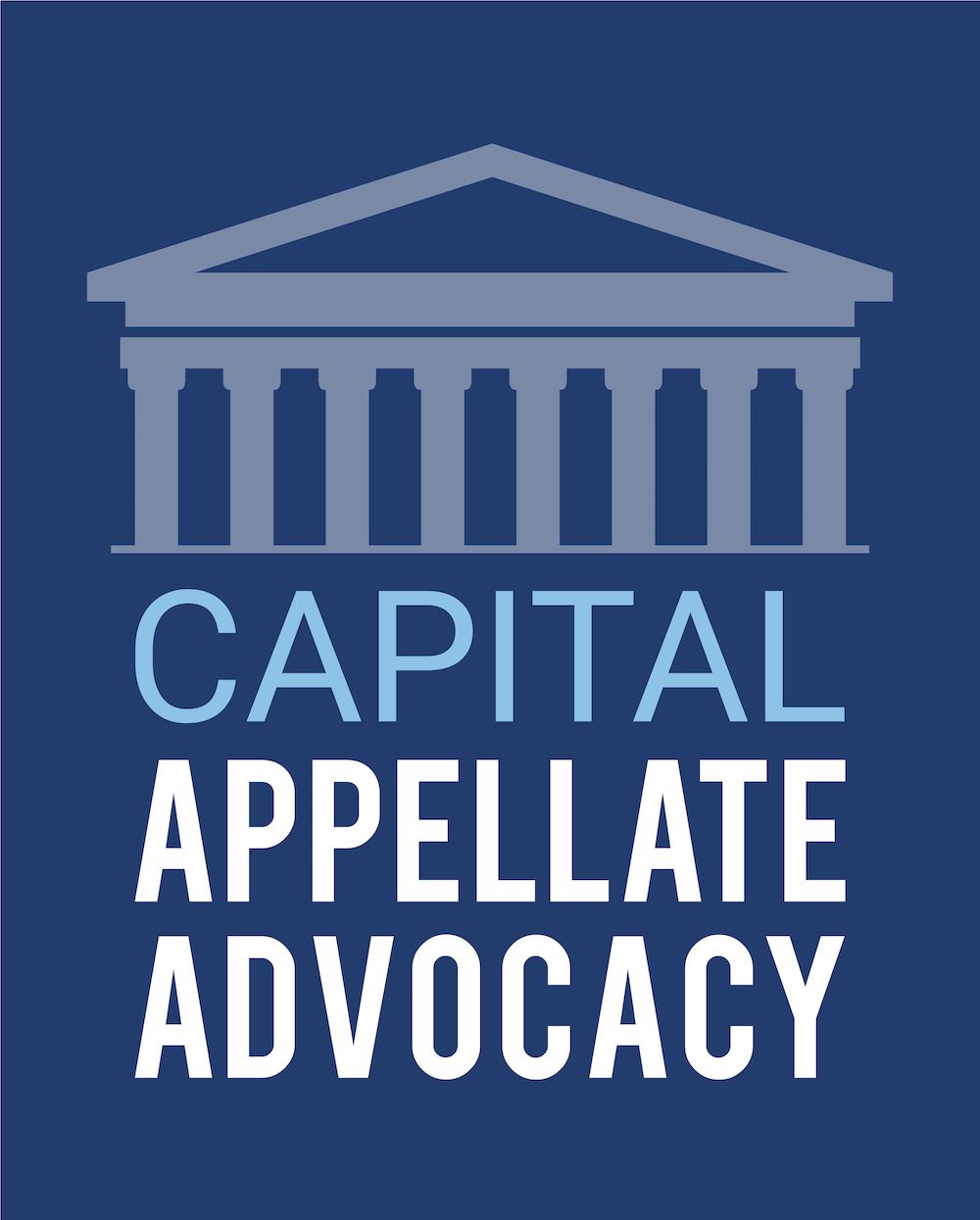The Supreme Court’s recent decision in Virginia Uranium, Inc. v. Warren, No. 16-1275 (June 17, 2019), reveals the Justices’ sharply differing views on the role that legislative intent should play in cases involving implied preemption of state law — more specifically, (i) state legislative intent where the issue is whether a state statute is barred under field preemption principles, and (ii) congressional intent where the question is whether a state statute interferes with a federal law’s objectives and purposes.
As discussed in my Legal Backgrounder for the Washington Legal Foundation, the Supreme Court held 6 to 3 in Virginia Uranium that the federal Atomic Energy Act does not impliedly preempt a Virginia statute that bans uranium mining on private property. In considering whether the Virginia law is barred under the doctrine of field preemption — where federal law occupies a regulatory field, leaving no room for supplemental state regulation — the Justices divided into three camps:
• Justice Gorsuch wrote the lead opinion (joined by Justices Thomas and Kavanaugh), finding no field preemption without considering the purpose or intent of the Virginia statute.
• Justice Ginsburg filed a separate opinion (joined by Justices Kagan and Sotomayor), concurring only in the judgment and refusing to exclude consideration of state legislative purpose in field preemption analyses.
• Chief Justice Roberts authored a dissenting opinion (joined by Justices Breyer and Alito), emphasizing that state legislative intent is important because a state cannot purport to regulate a non-federally preempted field (e.g., mining of uranium on private property) with the intent of indirectly regulating a preempted field (e.g., protecting the public from nuclear radiation hazards).
Justice Gorsuch’s lead opinion also finds that the Virginia uranium mining ban statute is not barred by obstacle preemption, i.e., where a state law interferes with accomplishment or execution of the purposes or objectives of a federal law. He indicates that attempting to identify a federal statute’s purposes and objectives — other than by reference to the statute’s text — involves the same types of difficulties as with identifying state legislative intent. It is not surprising that the lead opinion was joined by Justice Thomas, who long has categorically opposed obstacle preemption. Justice Kavanaugh’s joining the lead opinion may signal that he too, along with Justice Gorsuch, is skeptical about obstacle preemption. In her separate opinion Justice Ginsburg, however, saw no need to question the obstacle preemption doctrine since the federal government’s obstacle preemption arguments failed to carry the day in the Virginia Uranium case.
At least for now, state legislative intent may be relevant, if not determinative, as to whether a state statute is barred by field preemption, and obstacle preemption remains a viable basis for challenging state law.
Capital Appellate Advocacy PLLC is an independent, boutique law firm that represents businesses and industries in federal and state appellate courts throughout the United States.
